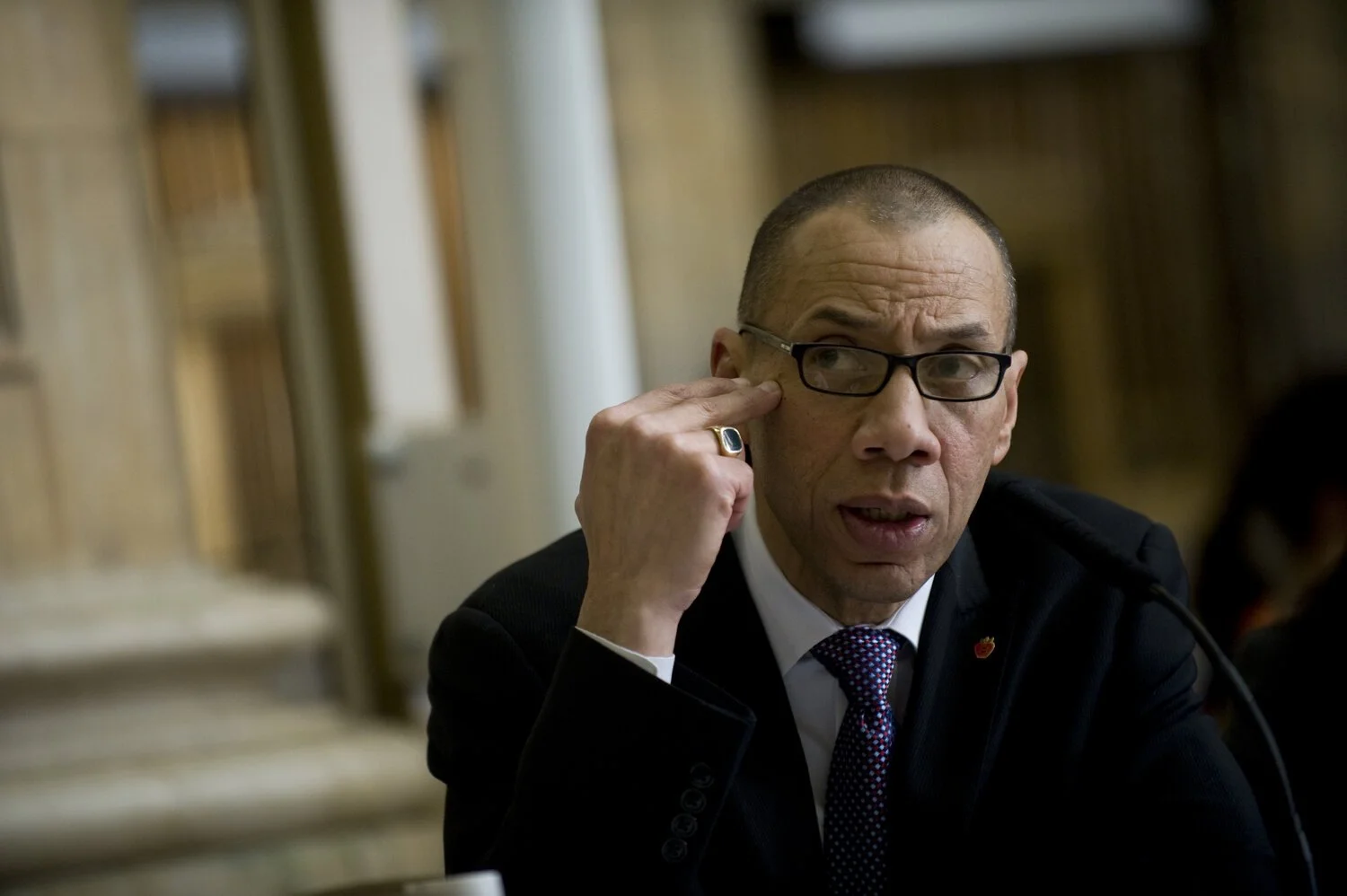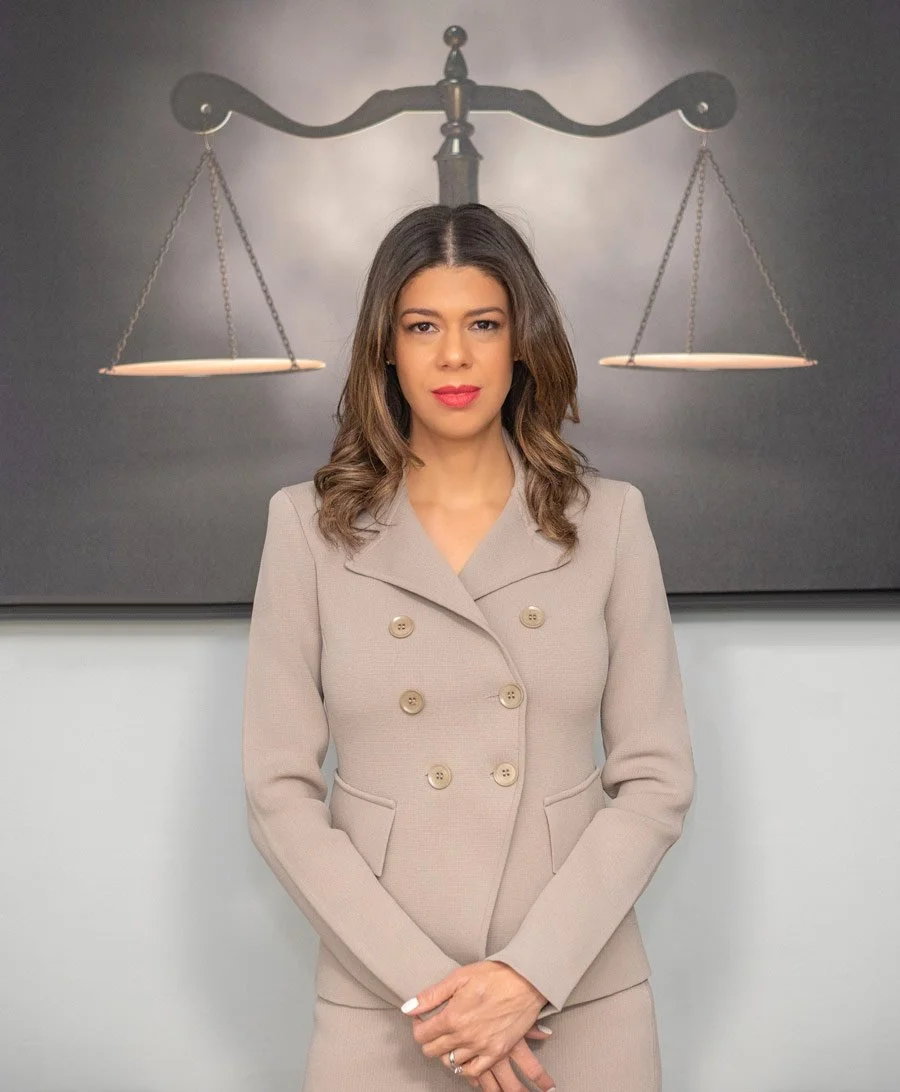Queens gears up for City Council redistricting
/Dennis Walcott, the president and CEO of the Queens Public Library, was one of seven people appointed by Mayor Eric Adams to serve on the city’s Districting Commission this week. File photo by William Alatriste/City Council
By Jacob Kaye
With the state’s redistricting process nearly in the rear view mirror, New York City is turning toward its next redistricting fight – City Council districts.
On Monday, Mayor Eric Adams made his seven appointments to the city’s Districting Commission. The appointments come about a month after the City Council made its eight appointments to the commission, which is now fully staffed and expected to get to work in the coming weeks.
The new districts, which will be drawn by the commission ahead of the 2023 primary elections when every councilmember will be up for reelection, will reflect new Census data, public testimony and other factors. The districts will be used in the 2023, 2025 and 2029 City Council elections.
Though it is expected to be less politicized than its statewide counterpart, the City Council’s redistricting process will likely see many of the same issues voters fought for when drafting legislature and congressional lines. Many of Queens neighborhoods divided into multiple Assembly or Senate districts are also divided into multiple council districts. Population changes that played a large role in the creation of a new Senate seat in Western Queens, will also likely influence district changes in the City Council, as well.
“An independent, impartial redistricting process is critical to a healthy democracy,” Adams said Monday.
Adams’ appointments to the commission include; Dennis Walcott, the CEO and president of the Queens Public Library and former schools chancellor; Marilyn D. Go, a former federal magistrate judge for the U.S. District Court for the Eastern District of New York; Maria Mateo, a solo practitioner based in Queens; Lisa Sorin, the president of the New Bronx Chamber of Commerce; Joshua Schneps, the CEO of local news publisher Schneps Media whose mother, the founder of the company Victoria Schneps, was on the commission in 2002; Msgr. Kevin Sullivan, the executive director of Catholic Charities of the Archdiocese of New York; and Kai-Ki Wong, a civil servant who serves as an assistant chief plan examiner for the New York City Department of Buildings.
“I'm honored to be appointed by the mayor, and look forward to working with the 14 other members of the commission,” Walcott told the Eagle.
Mateo, who has practiced immigration and family law in Queens for 12 years, said she wasn’t expecting the mayor’s appointment.
“I was very surprised, but at the same time, very appreciative of the mayor's confidence in me,” Mateo told the Eagle. “This convention is going to shape the future of our city, the future of Queens, and by looking at the Census, we can actually reflect the reality of who's living in Queens.”
Maria Mateo, a Queens-based immigration and family attorney was one of seven people appointed by Mayor Eric Adams to serve on the city’s Districting Commission this week. Photo via Maria Mateo Law
The seven mayoral commissioners join the eight commissioners previously appointed by the City Council Speaker Adrienne Adams and Minority Leader Joe Borelli – five of the commissioners were appointed by the Democratic Party and the other three were appointed by the Republican Party.
The Democratic nominees include; Queens member Maf Misbah Uddin, the treasurer of DC 37; Bronx member Yovan Samuel Collado, the director of community relations at the Carpenter Contractor Alliance of Metropolitan New York; Brooklyn member Kristen Johnson, the assistant counsel at the NAACP’s Legal Defense & Educational Fund; Manhattan member Gregory Kirschenbaum, an employment attorney; and Staten Island member Michael Schnall, a nonprofit executive.
The Republican Party’s nominees include; Kevin Hanratty, a Queens attorney; Marc Wurzel, general counsel and assistant secretary at the Grand Central Partnership; and Darrin Porcher, a retired NYPD lieutenant and professor of criminal justice at Pace University.
The commission is expected to hold its first meeting in the coming weeks and nominate its chair.
How it works
The process for drawing the State’s Senate, Assembly and Congressional lines hit a snag when the New York Independent Redistricting Commission’s Democratic and Republican members – the commission was split evenly between the two parties – couldn’t come to a consensus on a final set of maps and failed to submit them to the State Legislature by its deadline.
It was the first time the commission had been tasked with drawing the lines and after failing to meet the deadline, the process fell to legislators, who quickly drafted and approved the maps, which have since been criticized for gerrymandering the state in favor of Democrats, dividing neighborhoods and diluting ethnic groups’ voting power and not taking public comment into account.
Unlike the state’s redistricting process, the city’s process is expected to be a little less partisan and a little more democratic, experts say. It’s the fourth time the current process will be used to draw the electoral lines.
“The city process is more independent and slightly fairer than the state process,” said Ben Weinberg, the director of public policy at Citizens Union.
For starters, lawmakers have no say in the final maps. The commission will draft a first set of maps by June 7 – while they are required to hold public meetings on the drafts, there is no rule to mandate they hold meetings before the maps are drawn, though they did 10 years ago. The draft maps will be submitted to the City Council, whose members will suggest revisions. A second set of maps will then be submitted to the council before Oct. 7. The commission will then hold a public hearing at some point in the month that follows and will then submit a final set of maps to the City Council, which must be approved.
There’s also less opportunity for gerrymandering, Weinberg said. New York City is far more Democratic than the rest of the state.
However, the commission isn’t completely safe from politicization, Weinberg said.
During the city’s previous redistricting process, a decade ago, then-Brooklyn Assemblymember Vito Lopez, who had been stripped of his leadership positions within the legislative body amid sexual harassment allegations, lobbied a commissioner to quietly draw a district that went out of its way to include his house, in an effort to set up a run for the City Council. The maps, which had already been approved, had to be redrawn.
“You can read between the lines and understand that the assumption is that it's a deal between whoever appoints them and the commissioners,” Weinberg said. “So, it’s somewhat vulnerable to politicization.”
Citizens Union, a nonprofit good government organization, submitted a number of recommendations to the mayor and City Council leadership that they say will reduce the risk of partisanship on the commission. The recommendations include making all commission meetings public, providing the public with mapping software, increasing language and disability access and disclosing all meetings the commission has with current and former elected officials and lobbyists.
What issues Queens voters are facing
Just like the state’s redistricting process, the city’s process relies heavily on Census data.
The data, released last year, showed some major population changes in Queens, which will likely be reflected in changes to council districts, which must have a somewhat equal population.
City Council District 26, which is currently represented by Councilmember Julie Won and covers parts of Long Island City, Astoria, Sunnyside and Woodside, went from being one of the least populated districts in Queens to the most populated over the last ten years. In 2010, there were around 154,600 people living in the district – there are now nearly 184,000, a nearly 20 percent increase.
District lines will likely have to be drawn to reflect that change, as was the case during the state’s redistricting when part of Long Island City was drawn into an entirely new State Senate seat.
City Council District 26, currently represented by Councilmember Julie Won, went from being one of the least populated districts to the most populated district in the past decade. That growth will likely be reflected in the redrawing of City Council districts, expected to be completed by the end of the year. Map via City Council
There’s also been large demographic changes in Queens, particularly among the Asian American population, whose growth outpaced the growth of the overall Queens population over the past 10 years.
The growth of the Asian American population is particularly pronounced in District 26, District 20, which includes Flushing, Mitchell-Linden, Murray Hill, Queensboro Hill and Fresh Meadows, and District 19, which covers parts of Auburndale, Bay Terrace, Bayside, Beechhurst, College Point, Douglaston, Flushing, Little Neck, Malba and Whitestone.
The electoral lines in Richmond Hill, which also saw significant growth of its Asian population, is likely to be a point of contention in the City Council’s redistricting process, as was the case during the state’s process.
The neighborhood is currently divided into three City Council districts, represented by Councilmembers Joann Ariola, Adrienne Adams and Lynn Schulman. Nearby neighborhoods Ozone Park, South Ozone Park and Woodhaven are similarly divided.
“[The commission] will have to take a very close look at that area and hear from communities about how being split is affecting them,” Weinberg said.






